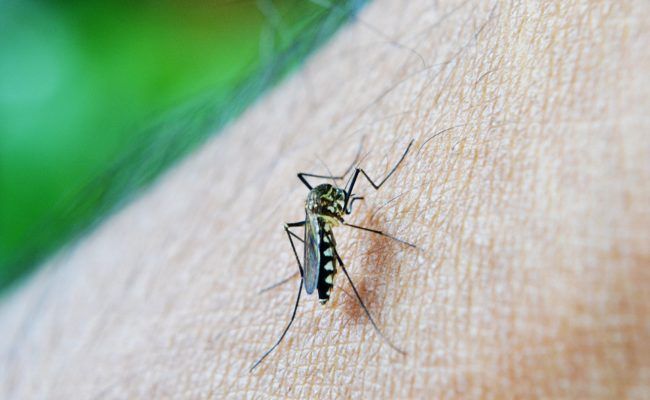World Malaria Day: Symptoms and prevention

Purpose of World Malaria Day
Every year on April 25 World Malaria Day is witnessed, to identify the worldwide effort to control malaria and also to spread awareness about it around the world. In May 2007, the 60th session of the World Health Assembly decided to start the World Malaria Day. This was done to offer education and understanding of the disease and also to spread information on the execution of national-malaria-control strategies, which also involved community-based activities for the prevention of malaria and also treatment in the endemic areas. As per the World Malaria Report that was released in November 2017, there were 216 million cases of malaria in 2016 whereas in 2015 211 million cases were reported.
Reason for Malaria
Though there are a total of five parasite species that cause malaria in humans, two of them P falciparum and P vivax pose the greatest threat. Malaria is produced by the Plasmodium parasites, which is spread to people through the bite of an infected female Anopheles mosquito, also known as malaria vectors. Once the mosquito bites the person, the parasite enters the liver infecting the red blood cells.
Early symptoms:
• High fever (up to 105 degrees Fahrenheit) with shaking chills
• Profuse sweating when the fever suddenly drops
• Fatigue
• Headache
• Muscle aches
• Abdominal discomfort
• Nausea, vomiting
• Drowsiness
• Low blood sugar
• Decreased urine
Effective steps to Prevent Malaria:
• Use of mosquito coils
• Mosquito repellents sprayed on skin
• Screening windows and doors
• Mosquito-proof bed nets
• Closed windows during late evenings and early mornings
• Wearing protective clothing, such as long sleeve shirts
• Avoiding dark-colored clothes
• Using insecticide-treated mosquito nets
• Indoor residual spraying
• Removal of all sources of stagnant water
RELATED ARTICLES

Must Buy: Technology-Enabled Shoes

Guilt-Free Brownies to Make at Home

Best Running Shoes For Men

Winter Friendly Flours that You Must Try

